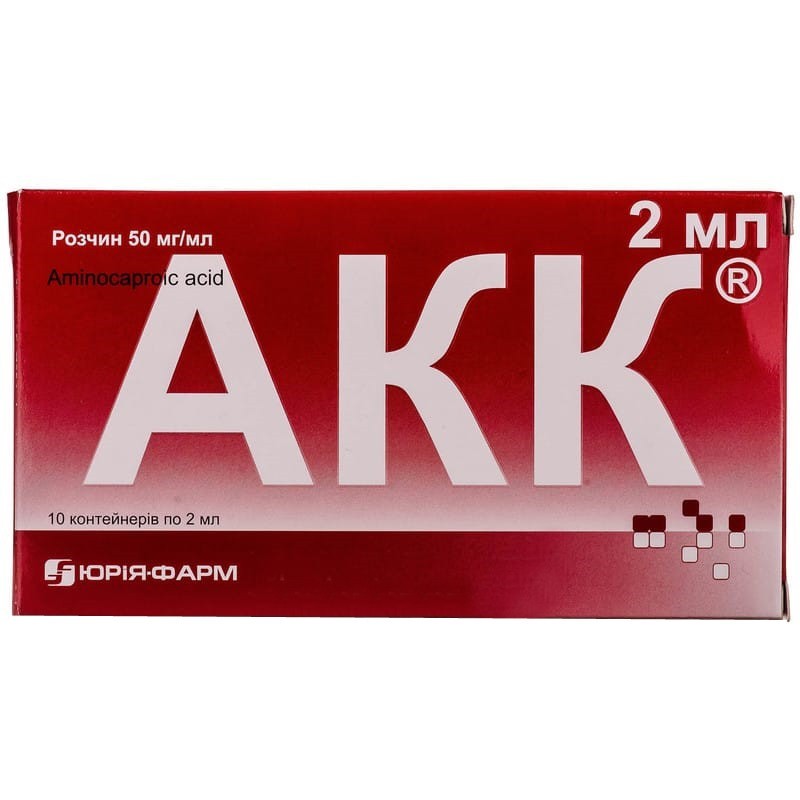



 Secure and encrypted payment processing
Secure and encrypted payment processing We ship to over 40 countries including the USA, UK, Europe, Australia and Japan
We ship to over 40 countries including the USA, UK, Europe, Australia and Japan Guaranteed refund or reship if you haven't received your order
Guaranteed refund or reship if you haven't received your orderAminocaproic acid has an antiallergic, antiviral effect, enhances the detoxification function of the liver. inhibits the proteolytic activity associated with the influenza virus. aminocaproic acid blocks the interaction of the virus with sensitive cells in the early stages, and also inhibits the proteolytic processing of hemagglutinin. as a result, the synthesis of a functionally active protein of the influenza virus, which ensures its infectious activity, is blocked, and the number of daughter cells of the virus decreases. aminocaproic acid not only exhibits antiviral activity, but also improves some cellular and humoral indicators of specific and nonspecific defense of the body for respiratory viral infections.
Treatment and prevention of influenza and ARVI in children and adults.
In order to prevent and treat influenza and ARVI, the drug is applied topically (0.5–1.0 ml in the nose 3-4 times a day) and orally.
When applied topically, it is recommended that every 3-4 hours instill (instill) 3-5 drops of solution in each nasal passage.
Aminocaproic acid, if necessary, can be used in combination with other antiviral drugs (amizon, oseltamivir, etc.) and interferon and its inducers.
Intranasally instillation of aminocaproic acid (3-4 times a day) is advisable to carry out during the epidemic period of the flu for the purpose of prevention, it is advisable to supplement with the oral (as in treatment) use of the drug when staying in the foci of infection, after contact with the patient.
The drug is administered orally in doses:
For accurate dosing of the solution, it is advisable to use a medical syringe without a needle with a volume of 10 or 20 ml.
The duration of taking aminocaproic acid inside with influenza and SARS is 3–7 days.
The duration of treatment depends on the severity of the disease and is determined individually by the doctor. Also, the doctor can adjust the dose and prescribe a second course of treatment.
Hypersensitivity to the drug. with a tendency to thrombosis and thromboembolic diseases, coagulopathy due to diffuse intravascular coagulation, kidney disease with impaired function, during pregnancy and lactation, with severe coronary heart disease.
Used with caution in cases of cerebrovascular accident.
From the cardiovascular system: orthostatic hypotension, bradycardia, arrhythmias.
From the digestive system: nausea, diarrhea.
From the blood coagulation system: with prolonged use (more than 6 days) in high doses (for adults - 24 g / day) - hemorrhage.
From the side of the central nervous system: headache, dizziness, tinnitus, cramps.
Other: allergic reactions, skin rash.
During pregnancy and breastfeeding. the drug is contraindicated during pregnancy and lactation.
If it is necessary to use the drug, breast-feeding should be discontinued.
Children. There are no data on the restrictions on the use of the drug in children.
The ability to influence the reaction rate when driving vehicles or working with other mechanisms. During the treatment period, you should refrain from driving vehicles and performing potentially hazardous activities due to possible adverse reactions from the central nervous system.
The severity of the effect is reduced by anticoagulants and antiplatelet agents of direct and indirect action.
Hypercoagulation, thrombosis. to eliminate increased thrombosis recommend the introduction of rheosorbilact, isotonic sodium chloride solution, ringa solution. if indicated, an additional prescription of dipyridamole or other anticoagulants is possible.
In a dry, dark place at a temperature of no higher than 25 ° C.